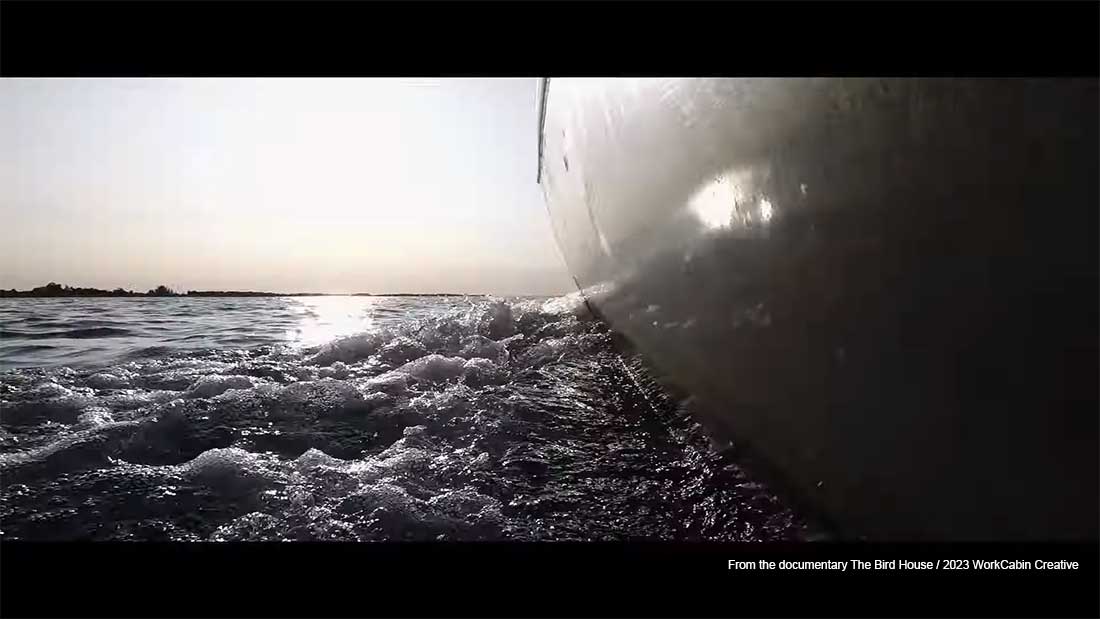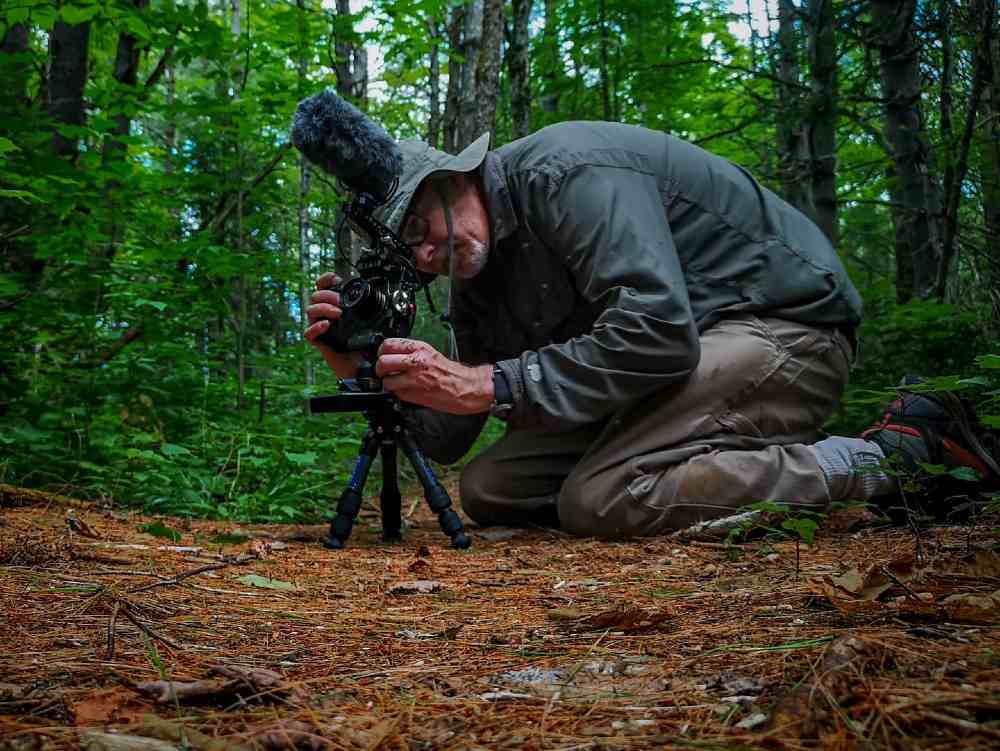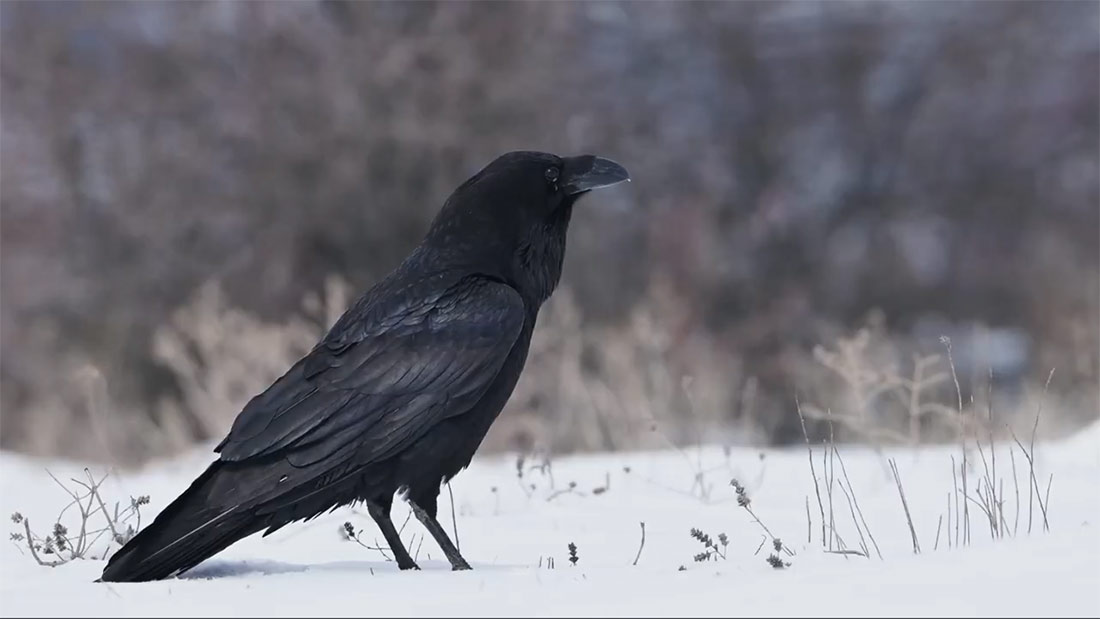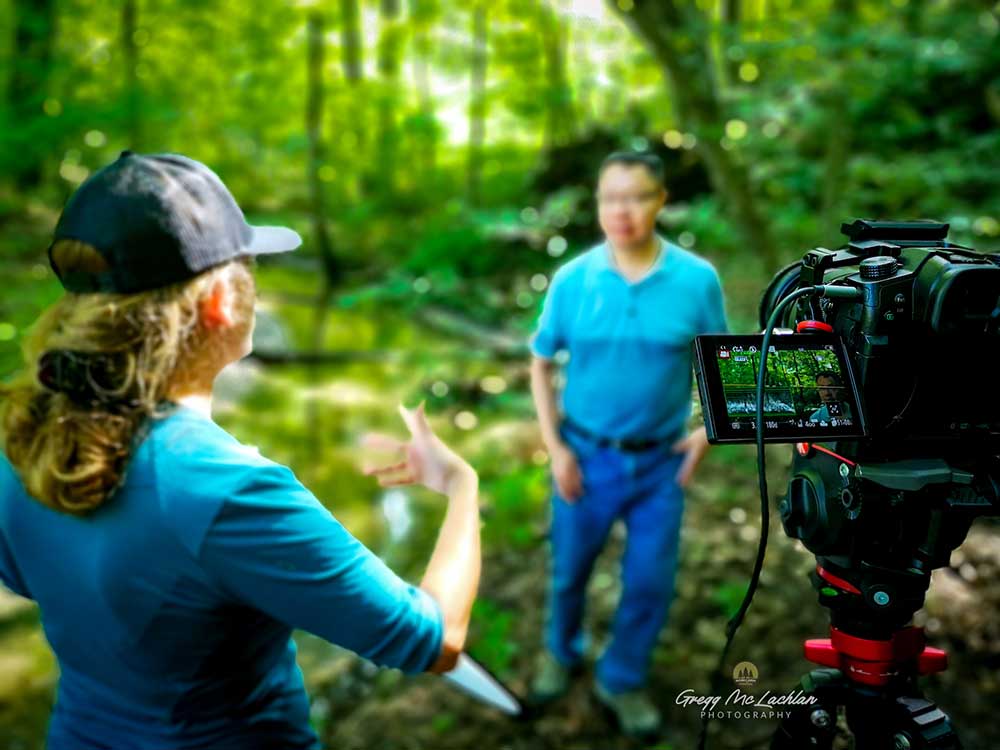

Filmmaking Explainer: What Is Post-Production?
I’m guilty of this all the time: I use filmmaking terms like broll and post-production, forgetting that many of my customers might not know what these terms mean. So that’s the focus of this blog post, and specifically the term post-production.
In the realm of videography and filmmaking, post-production stands as the unsung hero, the silent architect behind the scenes, shaping raw footage into captivating visual narratives. Often overlooked in favour of the glamour of production, post-production is where the magic truly happens.
Here’s a simple breakdown of what’s involved in post-production. And I’m not kidding when I describe this phase of the filmmaking process as being labour intensive. When I’m quoting video and filmmaking projects, my general rule of thumb is that post-production is typically 1.5x to 3x the hours of filming. That means, for example, that 10 hours of filming for a five-minute mini documentary may require approx. 30 hours of post-production (10 hours x 3 = 30 hrs).
What is Post-Production?
Post-production encompasses all the activities that occur after filming wraps up. It’s the phase where raw footage is transformed into a polished masterpiece. This process involves editing, colour correction, sound design, visual effects, and more, all aimed at enhancing the visual and auditory elements of the project.
The Editing Room: Where Stories Come to Life
At the heart of post-production lies editing. Here, skilled editors meticulously piece together footage, shaping it into a coherent narrative. They trim excess, rearrange scenes, and add transitions to create seamless storytelling. Whether it’s a heart-wrenching drama or an adrenaline-pumping action sequence, the editor’s touch can elevate a film from good to great.
Colour Grading: Setting the Mood
Colour grading is akin to painting a canvas with light. It’s the process of adjusting the color and tone of footage to evoke a specific mood or atmosphere. From the warm hues of a sunset to the cool tones of a sci-fi thriller, colour grading plays a pivotal role in establishing the visual identity of a film.
Sound Design: The Sensory Force
While visuals may steal the spotlight, sound design is equally crucial in captivating an audience. From dialogue clarity to ambient noise, sound designers meticulously craft audio elements to immerse viewers in the world of the film. Every footstep, every whisper, contributes to the overall sensory experience.
The Final Touch: Quality Assurance
Before a film is ready for its debut, it undergoes rigorous quality assurance. This involves reviewing the final product for any inconsistencies or errors, ensuring that the audio and visual elements are seamlessly integrated. From technical glitches to continuity issues, the QA phase ensures that the film meets the highest standards of excellence.
I like to think of post-production as being where creativity meets craftsmanship, where imagination takes flight. So, the next time you’re swept away by the magic of the big screen, take a moment to appreciate the unsung heroes behind the scenes — the wizards of post-production. Making a great video or film is more than just pressing record on a camera.
- What’s The Importance of B-roll in Conservation Storytelling? - April 22, 2024
- What’s It Really Like Being a Conservation Filmmaker? - April 15, 2024
- Filmmaking Explainer: What Is Post-Production? - April 6, 2024

